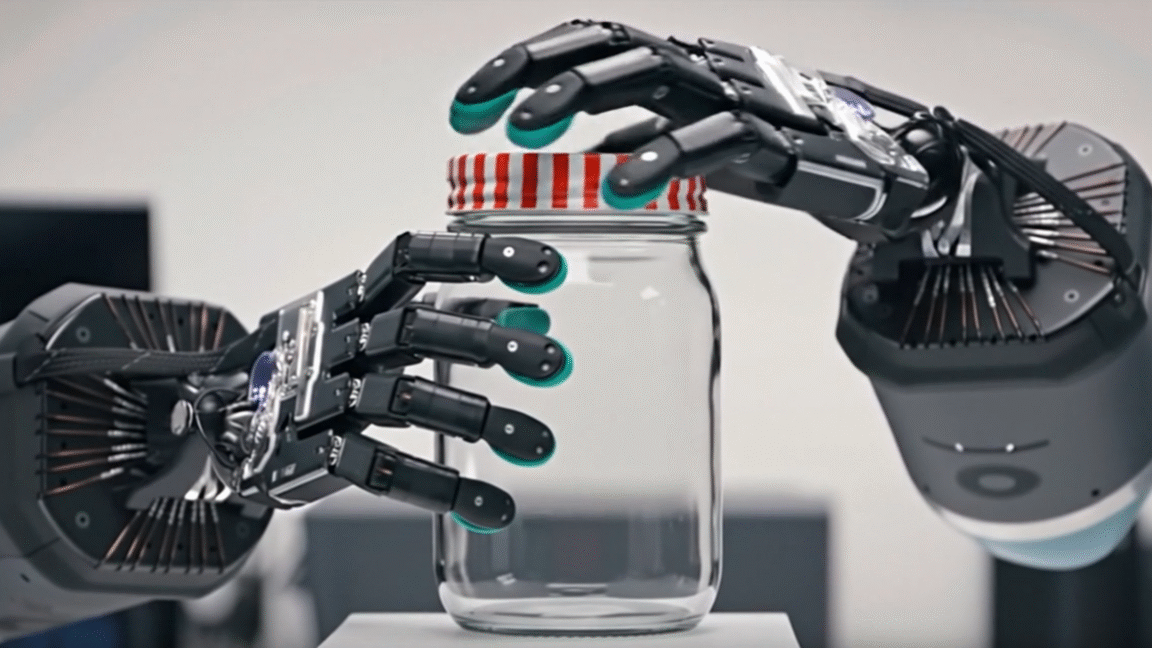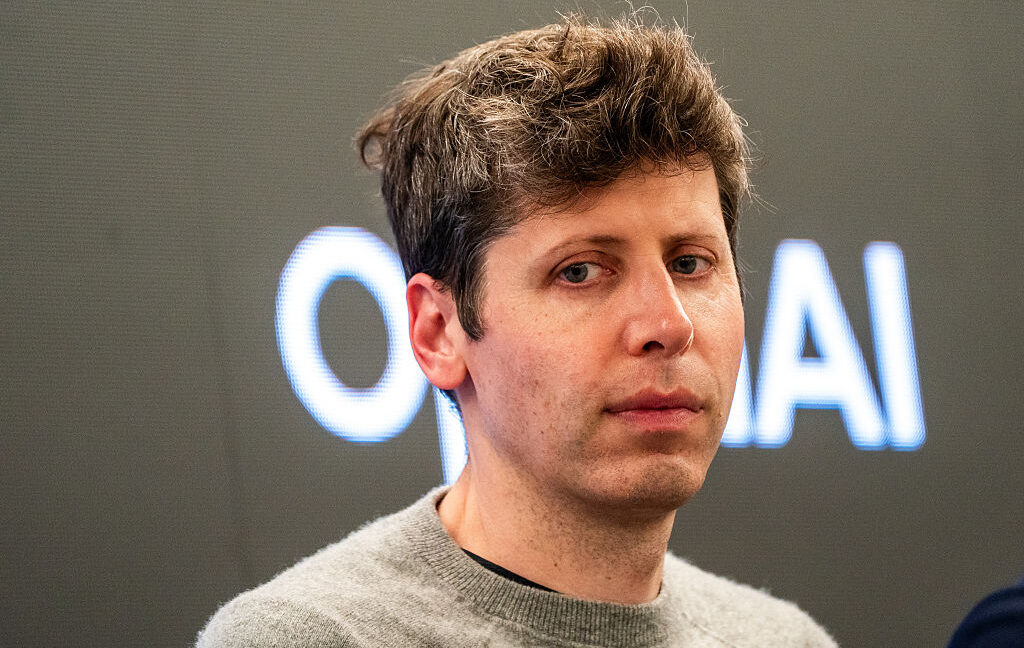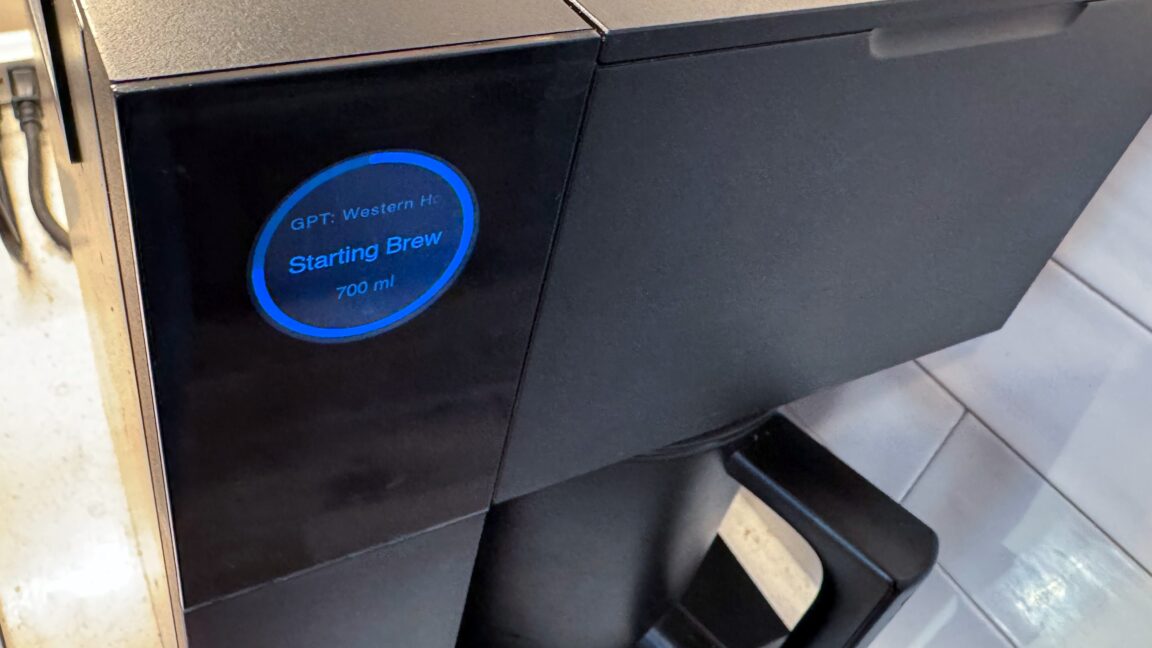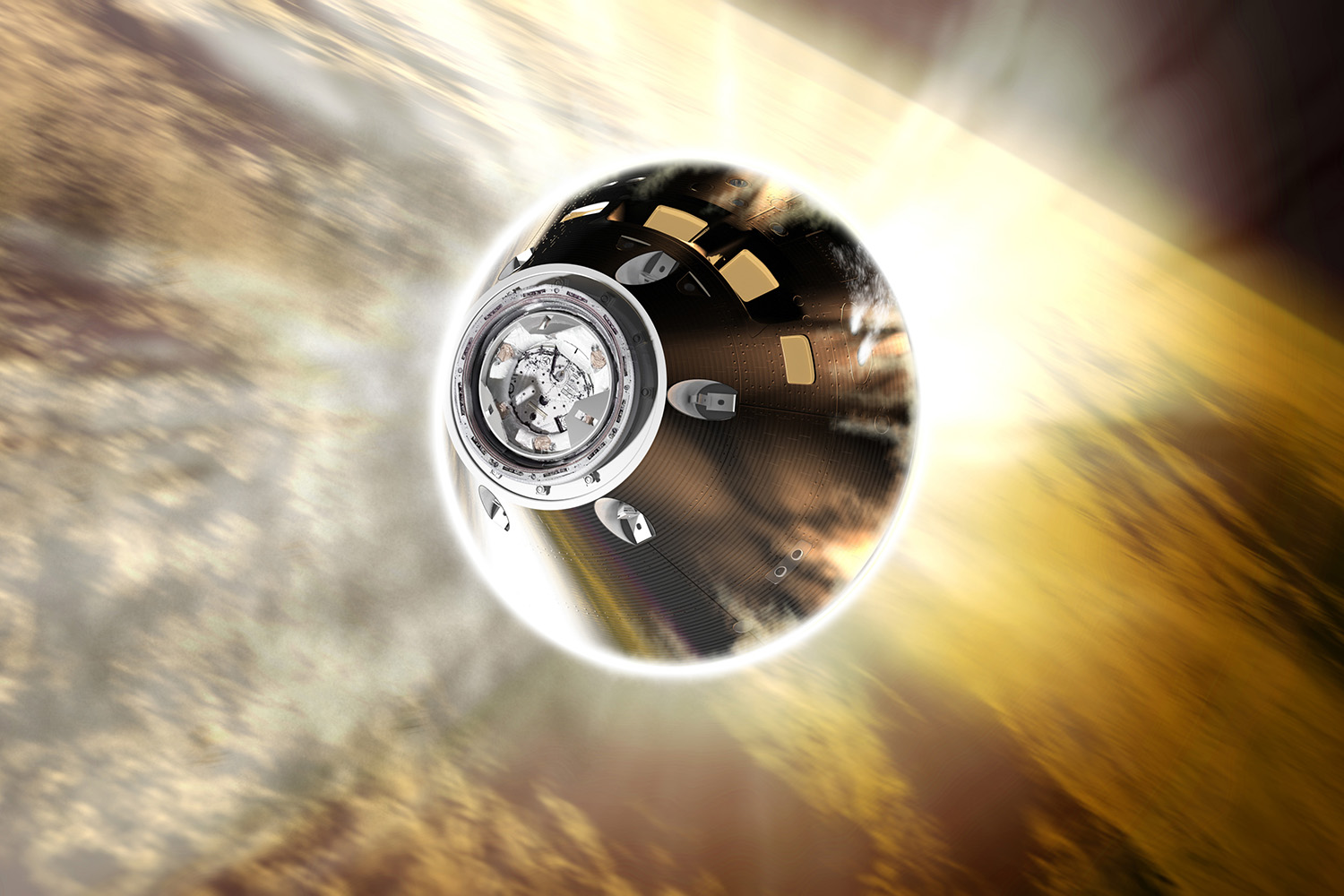Introduction to Veo 3
Veo 3 is a model that has been tested on various tasks to evaluate its capabilities. The model’s performance on these tasks has been variable, with both successes and failures. In this article, we will explore the model’s performance on different tasks and what it means for its capabilities.
Task Performance
The model was tested on 62 different tasks, and its performance was evaluated based on its success rate. On some tasks, the model performed well, but on others, it showed more variable results. For example, when asked to generate a video highlighting a specific written character on a grid, the model failed in nine out of 12 trials. Similarly, when asked to model a Bunsen burner turning on and burning a piece of paper, it failed nine out of 12 times. The model also struggled with solving a simple maze, failing in 10 of 12 trials, and sorting numbers by popping labeled bubbles in order, failing 11 out of 12 times.
Interpreting the Results
For the researchers, the model’s failures are not necessarily evidence of its limitations. Instead, they argue that any success rate greater than 0 suggests that the model possesses the ability to solve the task. This means that even if the model fails most of the time, as long as it succeeds at least once, it is considered to have the capability to solve the task. Using this criteria, the model was found to have failed across all 12 trials in only 16 of the 62 tasks tested.
Past Results, Future Performance
While the model may technically demonstrate the capability being tested at some point, its inability to perform the task reliably means that it won’t be performant enough for most use cases. Any future model that could become a "unified, generalist vision foundation model" will have to be able to succeed much more consistently on these kinds of tests. The model’s current performance is not sufficient for practical applications, and significant improvements are needed.
Conclusion
In conclusion, Veo 3 is a model that has shown variable performance on different tasks. While it has demonstrated some capabilities, its inability to perform tasks reliably means that it is not yet ready for practical applications. Further research and development are needed to improve the model’s performance and make it more consistent.
FAQs
Q: What is Veo 3?
A: Veo 3 is a model that has been tested on various tasks to evaluate its capabilities.
Q: How did the model perform on different tasks?
A: The model showed variable results, with both successes and failures, and failed in more than half of its trials on many tasks.
Q: What do the researchers consider as evidence of the model’s capabilities?
A: The researchers consider any success rate greater than 0 as evidence that the model possesses the ability to solve the task.
Q: What is needed for the model to be useful in practical applications?
A: The model needs to be able to succeed much more consistently on different tasks to be useful in practical applications.











